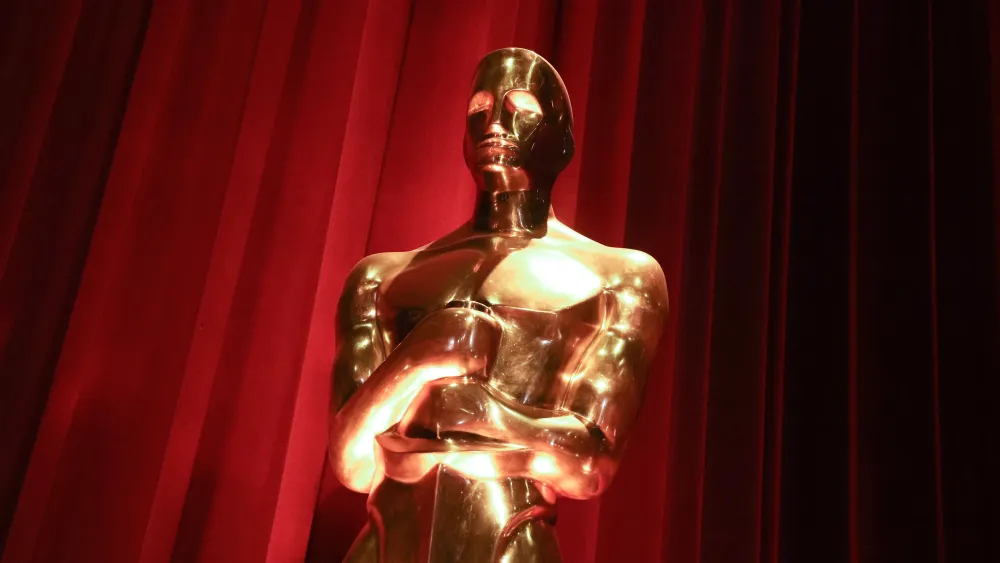
Academy Honors Technological Marvels at SciTech Awards, Spotlight on Theatrical Exhibition Advancements
- by dgihost.com
In a night dedicated to honoring technological marvels, the Academy of Motion Picture Arts and Sciences celebrated significant advancements in theatrical exhibition at the SciTech Awards. Hosted by Natasha Lyonne at the David Geffen Theater of the Academy Museum of Motion Pictures, the event highlighted 16 remarkable achievements, including the development of digital laser projectors and Dolby Atmos sound, shaping the future of the cinematic experience.
The focal point of the awards ceremony was the recognition of three laser projectors that utilize laser light to enhance brightness and contrast, surpassing earlier xenon lamp technology. Academy Plaques were awarded to the developers of these cutting-edge projectors: Michael Perkins, Gerwin Damberg, Trevor Davies, and Martin J. Richards for the Christie E3LH Dolby Vision HDR cinema projection system; Steve Read and Barry Silverstein for the IMAX Prismless laser projector; and Peter Janssens, Goran Stojmenovik, and Wouter D’Oosterlinck for the Barco RGB laser projector.
Trevor Davies of Dolby, accepting his award, acknowledged the studios, stating, “With our technology, we create the palette, but the studios make the sunflowers.”
Technical Achievement Awards, presented as Academy Certificates, were bestowed upon individuals who contributed to the shift towards laser projection. Notable recipients included Bill Beck for the use of semiconductor lasers, Gregory T. Niven for laser diodes, and Yoshitaka Nakatsu, Yoji Nagao, Tsuyoshi Hirao, Tomonori Morizumi, and Kazuma Kozuru for laser diodes.
Scientific and Engineering Awards (Academy Plaques) were presented to Charles Q. Robinson, Nicolas Tsingos, Christophe Chabanne, Mark Vinton, and the Cinema Audio Group team at Dolby for the object-based Dolby Atmos immersive cinema sound system launched in 2012.
The evening also recognized developers of open-source software tools, including Ken Museth, Peter Cucka, and Mihai Aldén for the OpenVDB VFX software and F. Sebastian Grassia, Alex Mohr, Sunya Boonyatera, Brett Levin, and Jeremy Cowles for Pixar’s Universal Scene Description open-source framework.
Jaden Oh received an award for the Marvelous Designer digital clothing creation system, utilized in movies such as “Encanto.”
Technical Achievement Awards were granted to contributors to OpenVDB, Alembic CG interchange system, Weta’s Atlas scene description framework, and the High-Density Encoding (HDE) lossless compression algorithm within the Codex recording system.
Additionally, the awards recognized tools that have played a crucial role in advancing production safety, including the Blind Driver Roof Pod and Movie Works pyrotechnic-operated cable cutter devices.
Academy board president Janet Yang kicked off the evening, acknowledging the sci-tech community for creating the magic experienced by audiences at the movies. The honorees concluded the night with a customary group photo, followed by a dinner and reception, celebrating their contributions to the ever-evolving world of cinematic technology.
In a night dedicated to honoring technological marvels, the Academy of Motion Picture Arts and Sciences celebrated significant advancements in theatrical exhibition at the SciTech Awards. Hosted by Natasha Lyonne at the David Geffen Theater of the Academy Museum of Motion Pictures, the event highlighted 16 remarkable achievements, including the development of digital laser projectors…